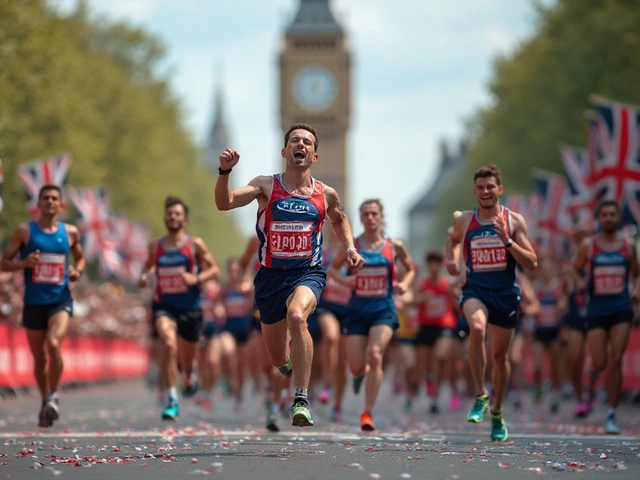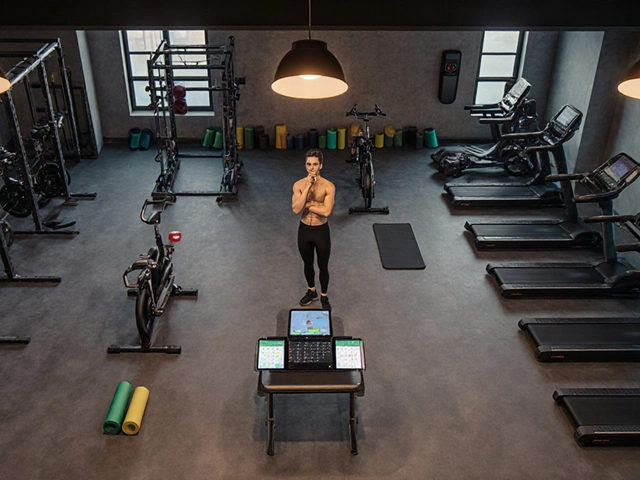Boxing Appeal – Understanding the Process and Why It Matters
When dealing with boxing appeal, the formal request to have a bout's ruling re‑examined. Also known as boxing decision appeal, it gives fighters, trainers, or commissions a chance to challenge a verdict they believe is wrong. The process sits at the intersection of boxing, the combat sport governed by weight classes and round structures and sports officiating, the system of rules, referees, and oversight bodies that keep contests fair. A key player in any appeal is the referee, the official who enforces rules inside the ring and makes split‑second calls, whose decisions are the primary focus of review.
How a Boxing Appeal Works
First, the aggrieved party files a written request with the governing commission – that’s the “submission” step of the appeal. The commission then assembles a review panel, often comprising senior referees, judges, and legal advisors. This panel evaluates video evidence, round‑by‑round scorecards, and any protest statements. If the panel finds a clear error, it can overturn the original decision, order a rematch, or adjust the official record. In practice, most appeals hinge on two main attributes: the clarity of the disputed call and the availability of conclusive video proof. Without strong evidence, the panel typically upholds the original ruling to preserve the sport’s integrity.
Appeals also interact with broader aspects of sports officiating. For example, a pattern of successful appeals against a particular referee can trigger a performance review, leading to additional training or reassignment. Conversely, frequent frivolous appeals waste commission resources and may result in penalties for the appealing party. Understanding this cause‑and‑effect relationship helps fighters decide when an appeal is worth the effort.
From a fighter’s perspective, timing is critical. Appeals must be lodged within a specified window – usually 24 to 48 hours after the bout – otherwise the right to contest expires. The deadline ensures that evidence remains fresh and that the competition schedule isn’t unduly disrupted. Once filed, the appeal process can take anywhere from a few days to several weeks, depending on the complexity of the case and the commission’s workload. During this period, athletes often continue training, preparing for the possibility of a rematch or a revised ranking.
Overall, a boxing appeal is a structured mechanism that balances the need for fair outcomes with the practicalities of running a sport. By recognizing the roles of the referee, the governing body, and the appeal timeline, anyone involved can navigate the system more effectively. Below, you’ll find articles that dive deeper into specific aspects – from the nuances of appeal paperwork to real‑world examples of overturned decisions – giving you the tools to decide whether an appeal is right for your situation.
Why Do Girls Like Boxing: Breaking Stereotypes
Understanding why girls are increasingly drawn to boxing involves looking beyond stereotypes. From building confidence to achieving fitness goals and even enjoying the strategic element of the sport, boxing offers something unique to women. Female boxers are breaking barriers and changing perceptions through their dedication and skill. This article explores the various reasons behind the growing interest in boxing among women, highlighting empowering examples and practical insights.





